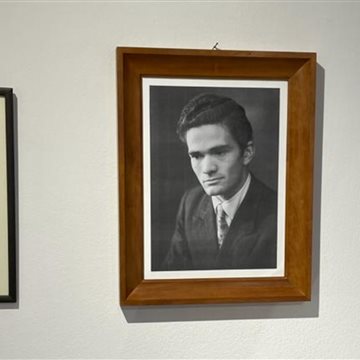21lug2022




 Mappa interattiva utile a scoprire i cambiamenti negli anni del territorio di Monfalcone Con l'aiuto di una mappa interattiva, posta al centro della grande sala del museo, è possibile fare un viaggio nella storia del territorio monfalconese. Nella seconda metà dell'800, il territorio di Monfalcone era principalmente paludoso. Non c'era nulla. I pochi abitanti erano per lo più contadini e pescatori. Ma verso la fine dell'800, la necessità di un porto per l'impero austroungarico avviò un processo di industrializzazione della città di Trieste e di conseguenza si sviluppò l'area di Monfalcone.
Mappa interattiva utile a scoprire i cambiamenti negli anni del territorio di Monfalcone Con l'aiuto di una mappa interattiva, posta al centro della grande sala del museo, è possibile fare un viaggio nella storia del territorio monfalconese. Nella seconda metà dell'800, il territorio di Monfalcone era principalmente paludoso. Non c'era nulla. I pochi abitanti erano per lo più contadini e pescatori. Ma verso la fine dell'800, la necessità di un porto per l'impero austroungarico avviò un processo di industrializzazione della città di Trieste e di conseguenza si sviluppò l'area di Monfalcone. 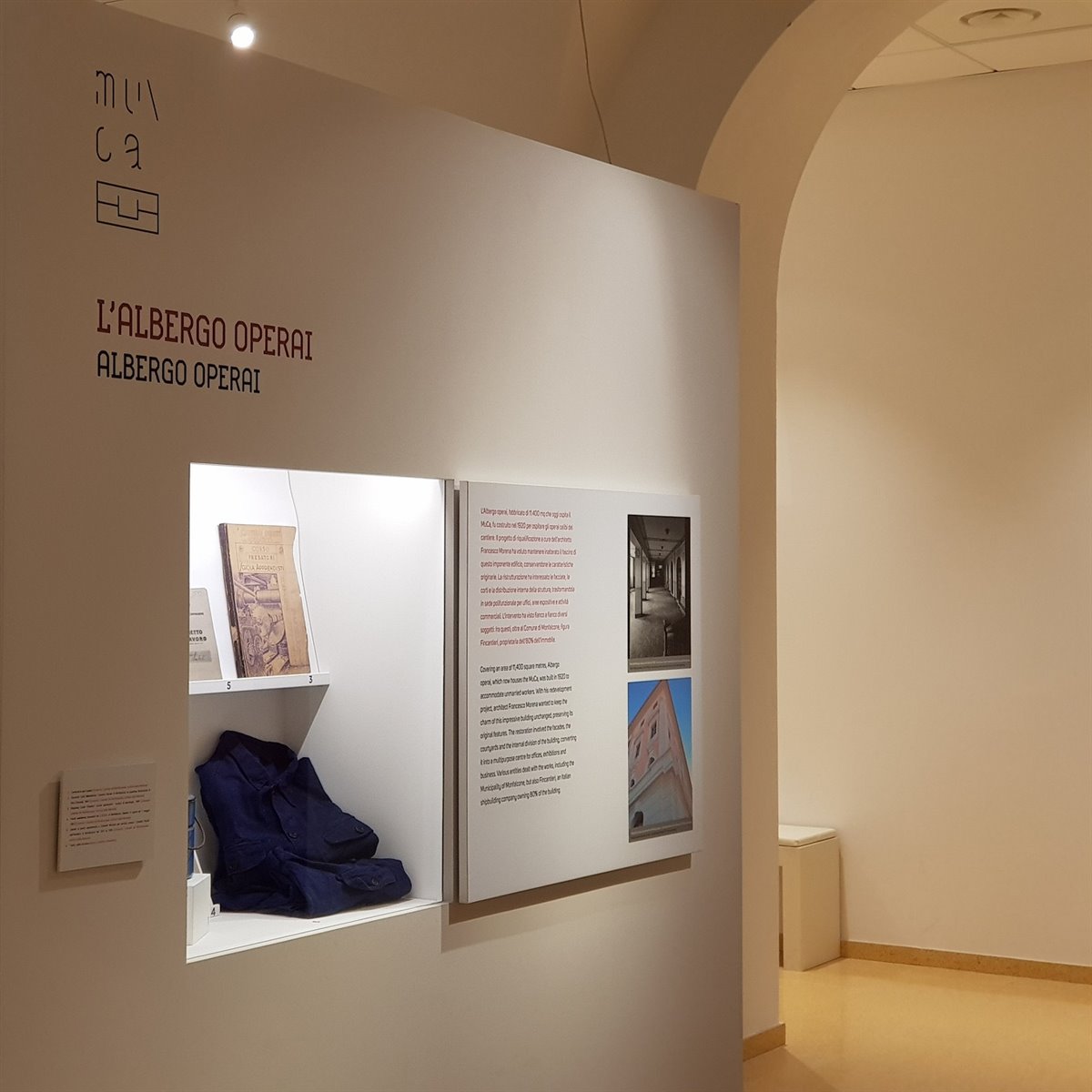 Il museo è ospitato nell'ex albergo operai di Panzano. Questo edificio fu pensato e progettato per dare il massimo comfort ai lavoratori single, che disponevano tutti di una camera privata con finestra e riscaldamento. Cose forse ovvie oggi, ma che un secolo fa erano quasi un lusso. I proprietari del cantiere, i fratelli Cosulich, originari di Lussinpiccolo (oggi Mali Lošinj), sull'isola croata di Lussino, furono pionieri della navigazione mercantile adriatica e tenevano particolarmente al benessere e alla privacy dei lavoratori durante le ore di riposo. Per dare loro la possibilità di "vivere il proprio tempo libero", venne costruito un intero quartiere a Panzano nelle vicinanze del cantiere, con vari negozi, biblioteca, stadio e un teatro. In quegli anni erano gli inglesi i più abili lavoratori al mondo dei cantieri navali. La proprietà ne ingaggiò qualcuno, affinché insegnassero il mestiere ai lavoratori dei cantieri di Monfalcone e fu una mossa azzeccata.
Il museo è ospitato nell'ex albergo operai di Panzano. Questo edificio fu pensato e progettato per dare il massimo comfort ai lavoratori single, che disponevano tutti di una camera privata con finestra e riscaldamento. Cose forse ovvie oggi, ma che un secolo fa erano quasi un lusso. I proprietari del cantiere, i fratelli Cosulich, originari di Lussinpiccolo (oggi Mali Lošinj), sull'isola croata di Lussino, furono pionieri della navigazione mercantile adriatica e tenevano particolarmente al benessere e alla privacy dei lavoratori durante le ore di riposo. Per dare loro la possibilità di "vivere il proprio tempo libero", venne costruito un intero quartiere a Panzano nelle vicinanze del cantiere, con vari negozi, biblioteca, stadio e un teatro. In quegli anni erano gli inglesi i più abili lavoratori al mondo dei cantieri navali. La proprietà ne ingaggiò qualcuno, affinché insegnassero il mestiere ai lavoratori dei cantieri di Monfalcone e fu una mossa azzeccata. 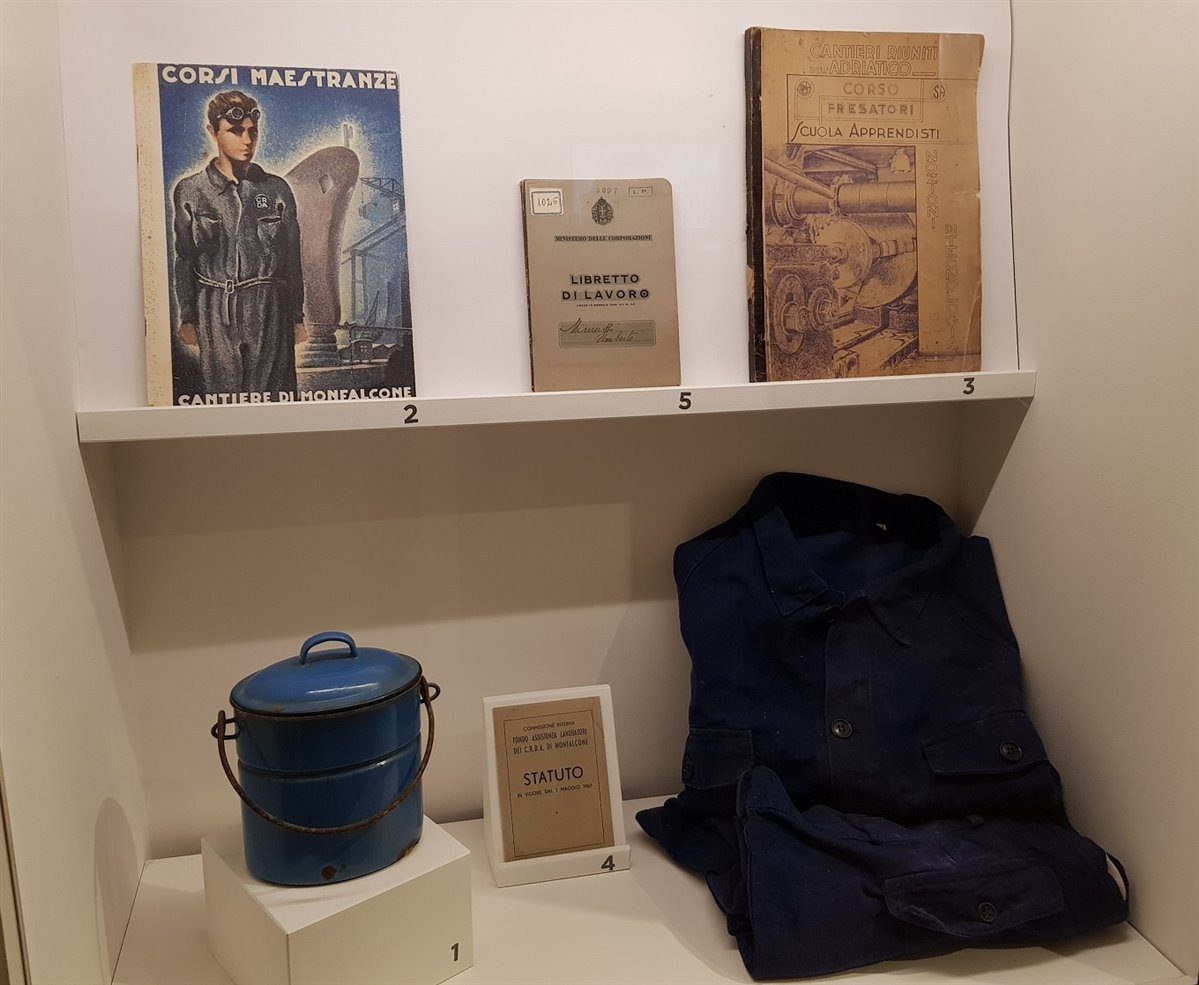 Scorrendo visivamente "la linea del tempo" posta poco distante, possiamo conoscere la storia del cantiere e dei fratelli Cosulich: Callisto e Alberto che, dopo la crisi economica mondiale del 1929, dovettero lasciare la proprietà del cantiere allo stato italiano.
Scorrendo visivamente "la linea del tempo" posta poco distante, possiamo conoscere la storia del cantiere e dei fratelli Cosulich: Callisto e Alberto che, dopo la crisi economica mondiale del 1929, dovettero lasciare la proprietà del cantiere allo stato italiano. 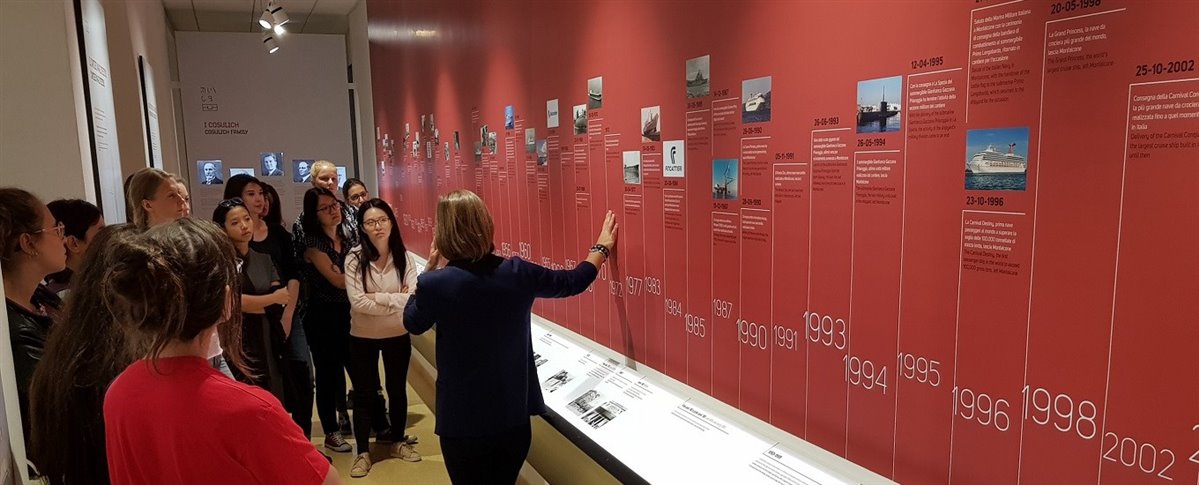 L'ingresso nel tunnel sensoriale è una specie di viaggio nel tempo. All'interno si viene catapultati nel cantiere di una volta, circondati da suoni e luci tipici dell'ambiente di lavoro di quegli anni. Entriamo all'interno di un simulatore della cabina di comando di una gru, che lavora alla costruzione della motonave Saturnia (anno 1927). Da qui, grazie ad alcuni strumenti multimediali, possiamo pilotare la gru e muoverci lungo il bacino del cantiere per vedere com'era in quegli anni. I cantieri hanno saputo adattarsi anche alle esigenze di ogni periodo storico. Così, quando la richiesta di navi ebbe un crollo, seppero diversificare la produzione, costruendo molto bene anche sommergibili, sottomarini e aerei. I famosi idrovolanti CANT, ad esempio, hanno reso famoso il cantiere a livello mondiale.
L'ingresso nel tunnel sensoriale è una specie di viaggio nel tempo. All'interno si viene catapultati nel cantiere di una volta, circondati da suoni e luci tipici dell'ambiente di lavoro di quegli anni. Entriamo all'interno di un simulatore della cabina di comando di una gru, che lavora alla costruzione della motonave Saturnia (anno 1927). Da qui, grazie ad alcuni strumenti multimediali, possiamo pilotare la gru e muoverci lungo il bacino del cantiere per vedere com'era in quegli anni. I cantieri hanno saputo adattarsi anche alle esigenze di ogni periodo storico. Così, quando la richiesta di navi ebbe un crollo, seppero diversificare la produzione, costruendo molto bene anche sommergibili, sottomarini e aerei. I famosi idrovolanti CANT, ad esempio, hanno reso famoso il cantiere a livello mondiale. 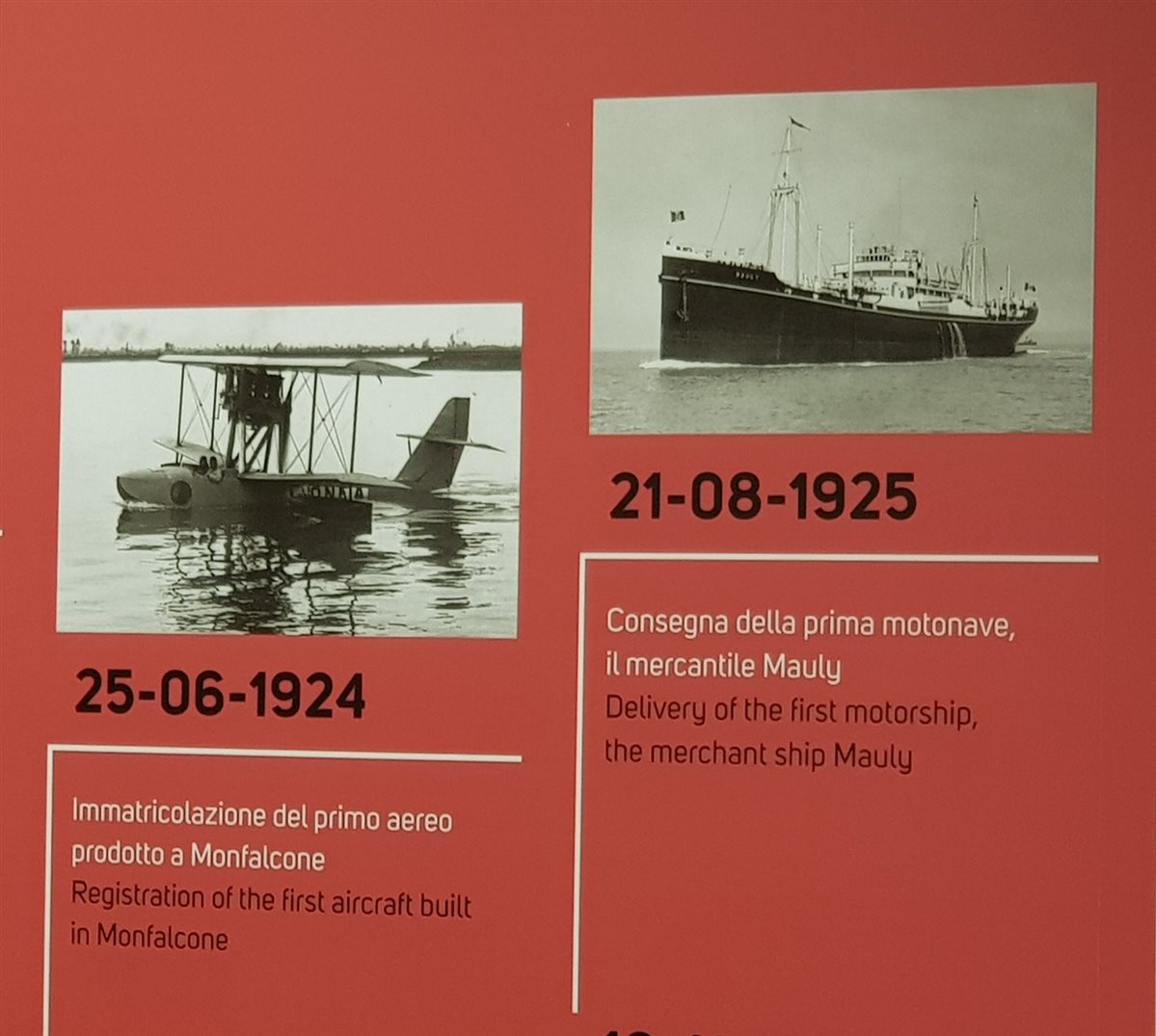 A metà del secolo scorso cambia l'idea e la visione del viaggio in nave. Fino al 1951 viaggiare per mare era solo un modo per spostarsi. Non esisteva il concetto di vacanza che abbiamo oggi. Con la nave Giulio Cesare le cose iniziano a cambiare. C'è un'idea nuova di nave, che dev'essere non solo pratica, ma anche bella. Inizia quindi ad essere importante anche il tempo trascorso a bordo: è l'inizio dell'idea di crociera!
A metà del secolo scorso cambia l'idea e la visione del viaggio in nave. Fino al 1951 viaggiare per mare era solo un modo per spostarsi. Non esisteva il concetto di vacanza che abbiamo oggi. Con la nave Giulio Cesare le cose iniziano a cambiare. C'è un'idea nuova di nave, che dev'essere non solo pratica, ma anche bella. Inizia quindi ad essere importante anche il tempo trascorso a bordo: è l'inizio dell'idea di crociera! 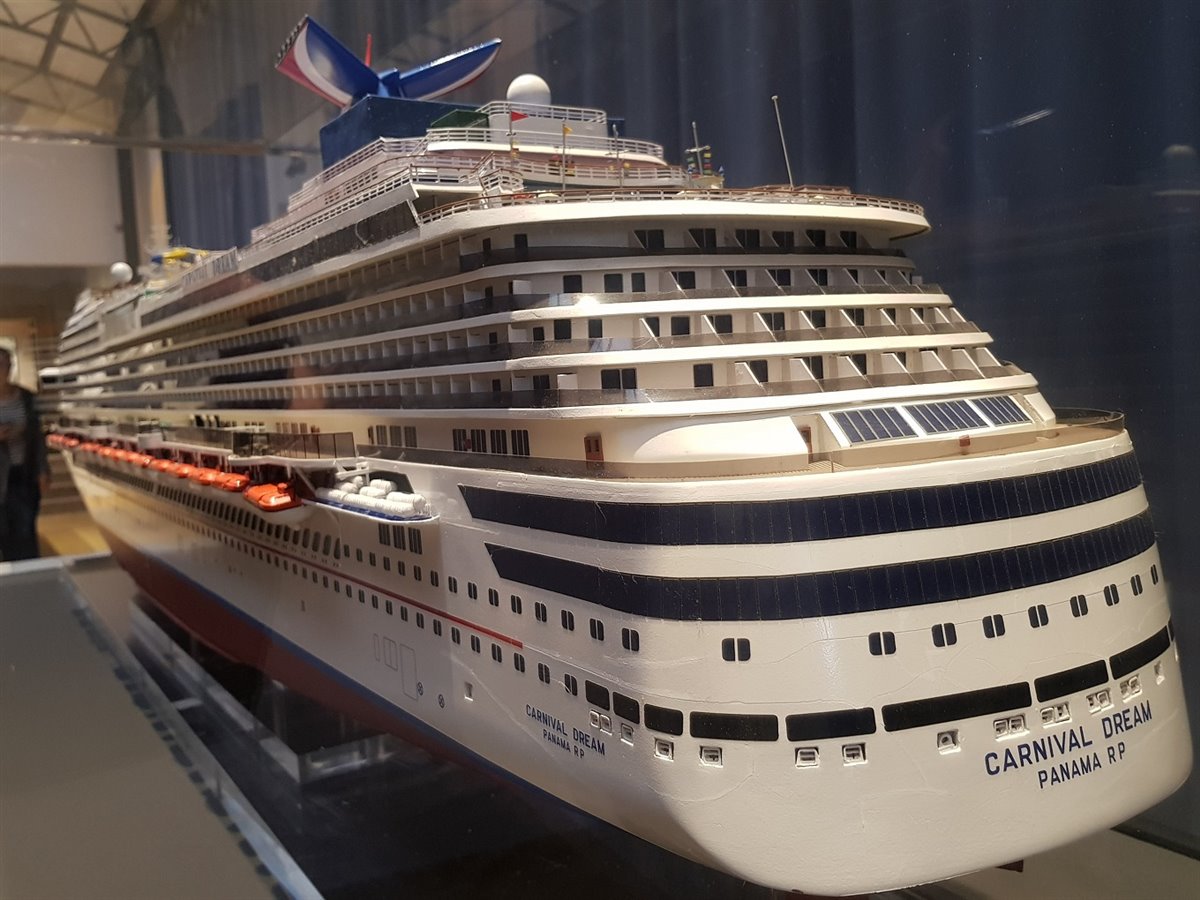
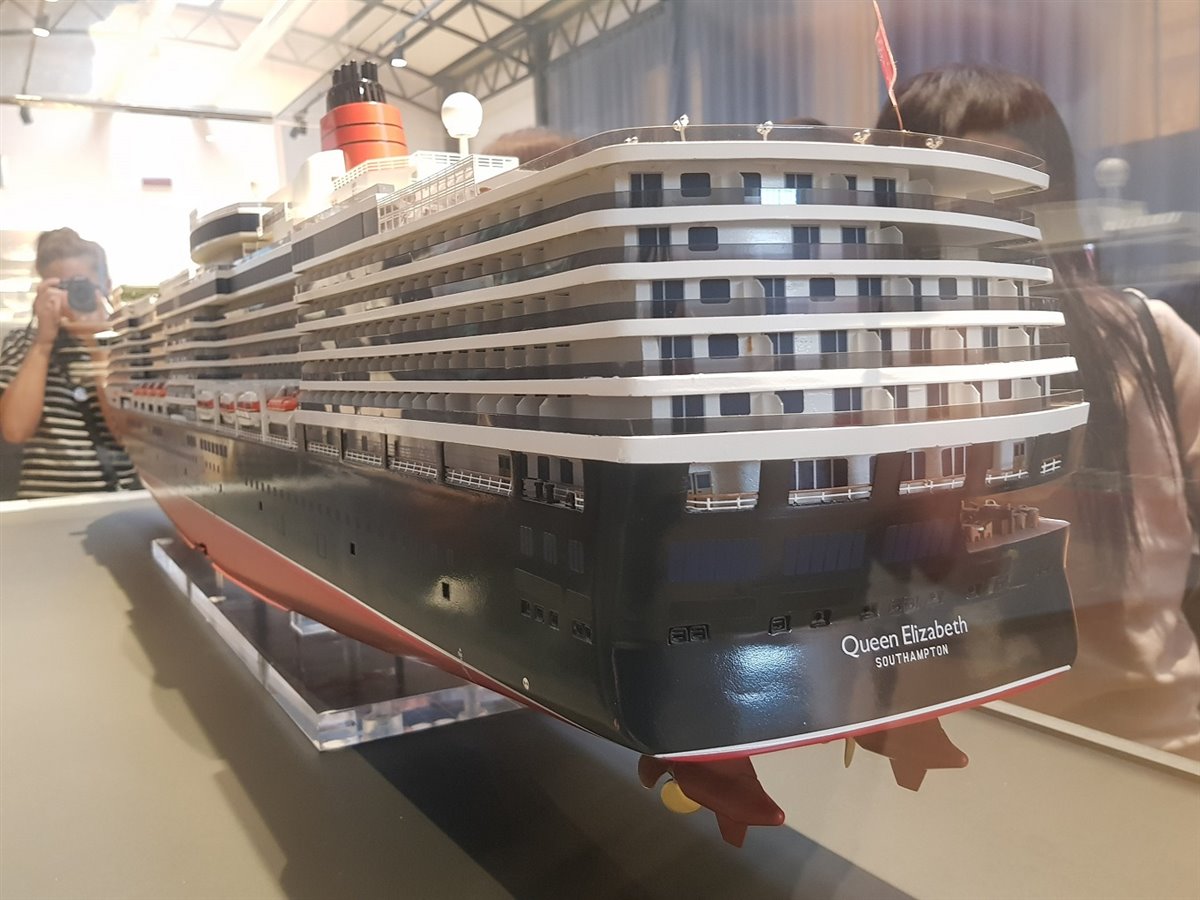 Fino ad allora ad esempio i passeggeri della terza classe erano considerate "persone da non vedere". Per questo motivo venivano fatte salire a bordo di notte. A bordo della 3° classe, la Giulio Cesare invece, aveva a disposizione anche la piscina.Anche l'arte in questa nuova ottica di viaggio ha un ruolo importante. Negli anni'50 le navi diventano delle gallerie d'arte viaggianti. Ed alcune di queste opere sono esposte al MuCa. Come l'enorme tela ricamata di Zoran Mušicche racconta la storia di Marco Polo.
Fino ad allora ad esempio i passeggeri della terza classe erano considerate "persone da non vedere". Per questo motivo venivano fatte salire a bordo di notte. A bordo della 3° classe, la Giulio Cesare invece, aveva a disposizione anche la piscina.Anche l'arte in questa nuova ottica di viaggio ha un ruolo importante. Negli anni'50 le navi diventano delle gallerie d'arte viaggianti. Ed alcune di queste opere sono esposte al MuCa. Come l'enorme tela ricamata di Zoran Mušicche racconta la storia di Marco Polo.  Quest'opera assieme alle sculture di Bora e Scirocco di Marcello Mascherini abbellivano la sala da soggiorno di prima classe della motonave Augustus.
Quest'opera assieme alle sculture di Bora e Scirocco di Marcello Mascherini abbellivano la sala da soggiorno di prima classe della motonave Augustus. 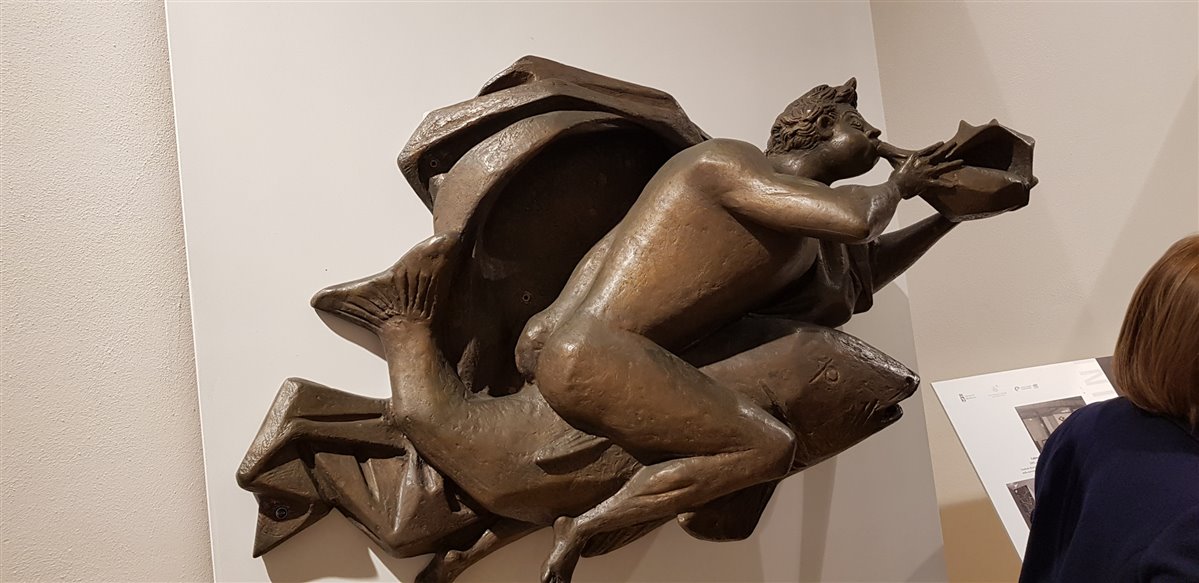 Scirocco di Marcello Mascherini
Scirocco di Marcello Mascherini 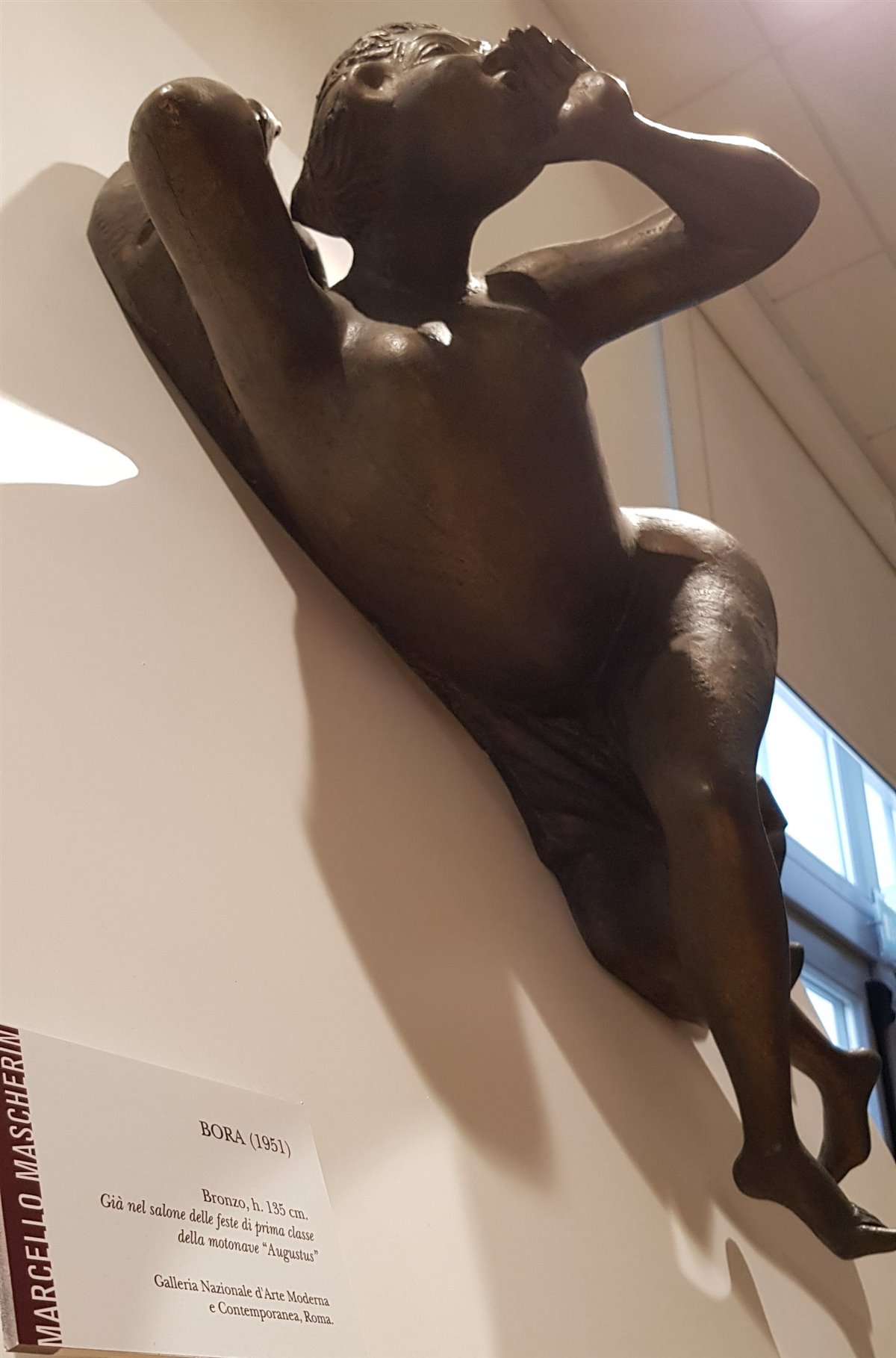 Bora di Marcello Mascherini Oggi l'obiettivo non è il viaggio, ma fare la vacanza a bordo della nave. Dal 1990 il cantiere si è specializzato nella costruzione di navi da crociera. Tutti i più grandi armatori internazionali oggi fanno costruire qui le loro navi, che come degli enormi lego, vengono costruite a pezzi a terra e successivamente saldati in bacino. Un procedimento che ha ridotto i costi di produzione. Cosa molto importante per un cantiere che vuole continuare a lungo a scrivere pagine di storia non solo industriale ma anche culturale nella timeline del MuCa.
Bora di Marcello Mascherini Oggi l'obiettivo non è il viaggio, ma fare la vacanza a bordo della nave. Dal 1990 il cantiere si è specializzato nella costruzione di navi da crociera. Tutti i più grandi armatori internazionali oggi fanno costruire qui le loro navi, che come degli enormi lego, vengono costruite a pezzi a terra e successivamente saldati in bacino. Un procedimento che ha ridotto i costi di produzione. Cosa molto importante per un cantiere che vuole continuare a lungo a scrivere pagine di storia non solo industriale ma anche culturale nella timeline del MuCa.
Find out about the ideas and offers for this experience in Friuli Venezia Giulia
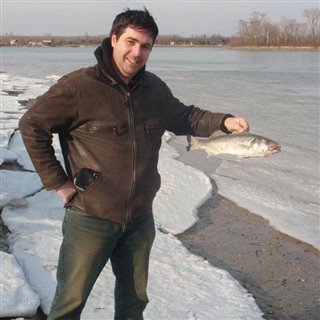
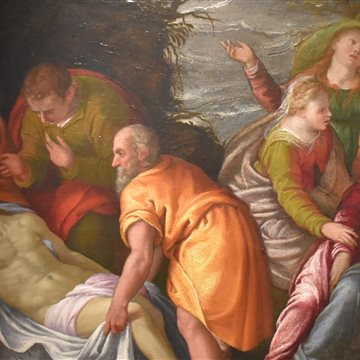
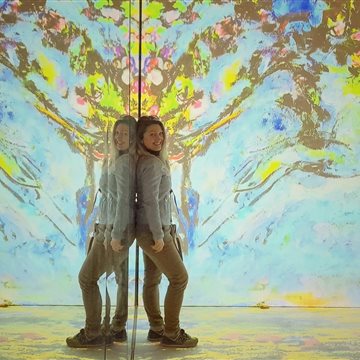
 Chiara Cardi
Chiara Cardi
